Understanding the Morse Token/NFT Duality
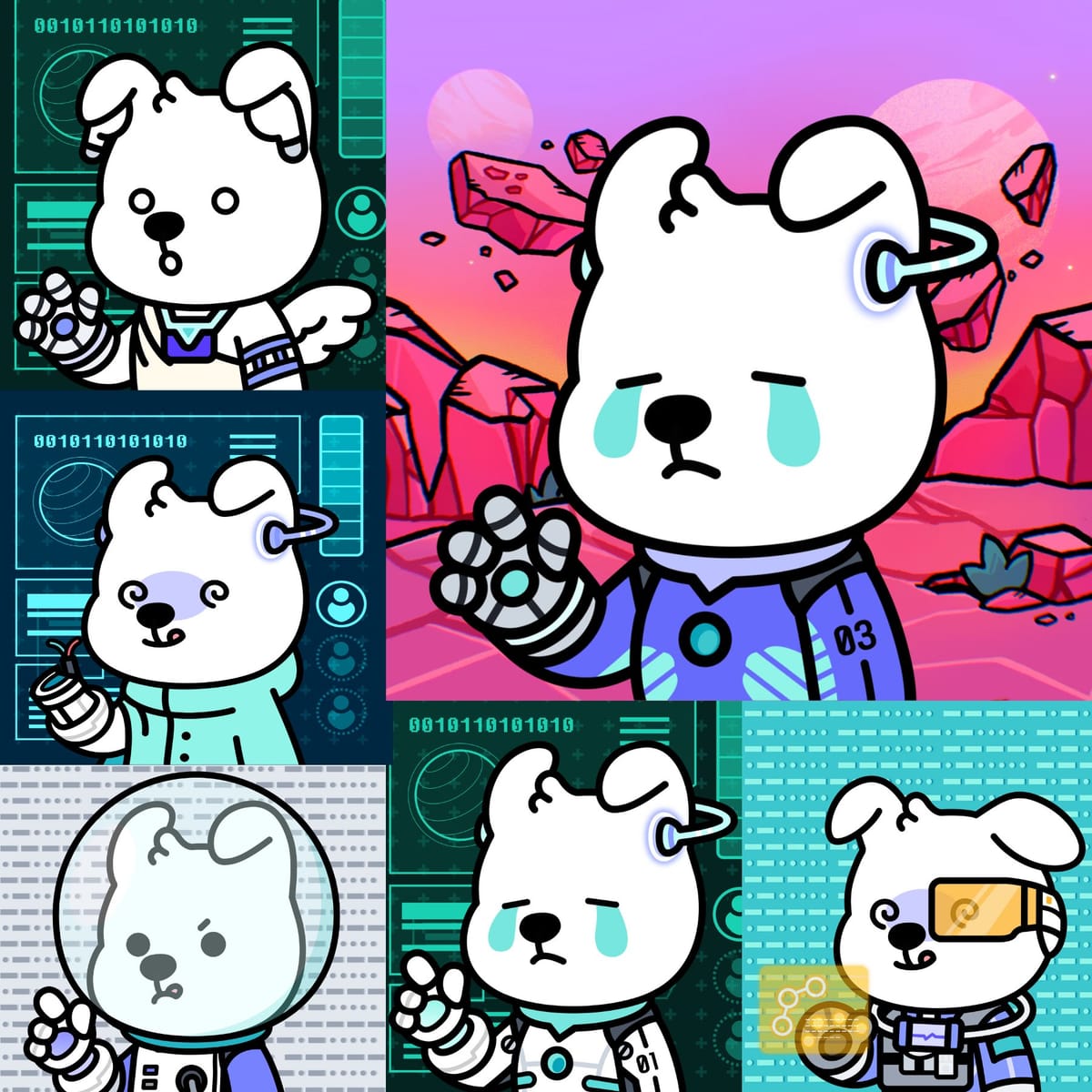
Introduction
The Morse NFT, developed by the mitosis team, represents a fusion of fungible tokens and non-fungible tokens (NFTs) through the DN-404 token standard. By leveraging the DN-404 standard, Morse creates a dynamic interplay between fungible $MORSE tokens and unique Morse NFTs, offering an unprecedented approach to digital asset ownership and interaction.
The Foundation: What is the DN-404 Token Standard?
The Morse project is built on the DN-404 token standard, an evolution of the ERC-404 protocol, designed to merge the properties of ERC-20 (fungible tokens, like cryptocurrencies) and ERC-721 (non-fungible tokens, or NFTs) standards. This hybrid standard enable one single asset to exist simultaneously as both a fungible token and a non-fungible token i.e a token and NFT at thes ame time, creating a unique duality that sets morse NFTs apart from traditional NFTs.
Key Features of DN-404
- Fungible Component (ERC-20): The $MORSE token operates as a standard ERC-20 token, meaning it is divisible, interchangeable, and can be traded in fractional amounts on decentralized exchanges like uniswap. The ERC-20 contract serves as the base contract for the Morse ecosystem.
- Non-Fungible Component (ERC-721): Each Morse NFT is a unique digital asset with distinct traits, such as visual characteristics or rarity levels, stored on the Ethereum blockchain. The ERC-721 contract acts as the mirror contract, linking directly to the fungible token.
- 1:1 Relationship: The DN-404 standard establishes a direct correlation between $MORSE tokens and Morse NFTs. For every whole $MORSE token held in a wallet (e.g., 1.0, 2.0, 3.0), a corresponding Morse NFT is automatically minted to that wallet. This relationship is dynamic and responsive to changes in token holdings.
Technical Implementation
The DN-404 standard is implemented through two smart contracts:
- The Base Contract (ERC-20): Address
0xe591293151ffdadd5e06487087d9b0e2743de92e. This contract manages the fungible $MORSE tokens, tracking balances and enabling transfers. - The Mirror Contract (ERC-721): Address
0x027da47d6a5692c9b5cb64301a07d978ce3cb16c. This contract handles the minting, burning, and metadata of Morse NFTs, ensuring each NFT corresponds to a whole $MORSE token.
When a user’s $MORSE balance reaches or exceeds a whole number, the mirror contract mints a corresponding number of Morse NFTs. Conversely, if the balance falls below a whole number (e.g., from 2.0 to 1.5), the most recently minted NFT is burned and re-enters the minting queue. This mechanism usually ensures a seamless integration between the fungible and non-fungible component of morse.
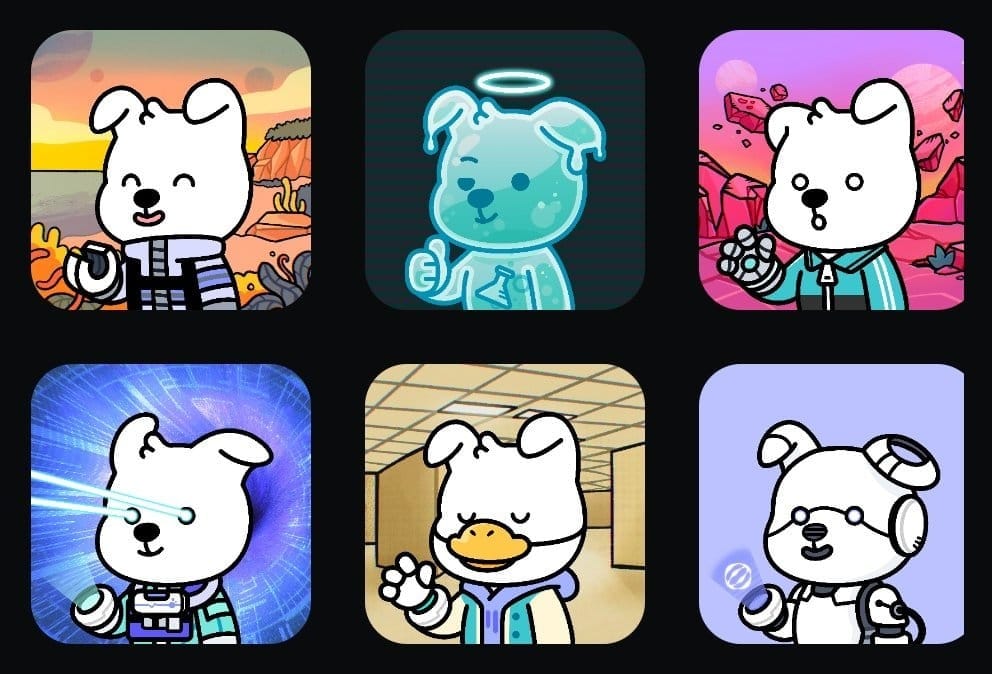
The Morse Token/NFT Duality: How It Works
The Morse token/NFT duality is the core innovation of the project, generating a dynamic and flexible ownership model. Here is a detailed breakdown of how this duality operates.
1. Acquiring $MORSE Tokens
Users can acquire $MORSE tokens in several ways:
- Purchase on Decentralized Exchanges: $MORSE tokens can be bought on decentralized platforms, where they are traded as ERC-20 tokens. Users can purchase a whole or fractional amounts (e.g., 1.5 $MORSE).
- Community Campaigns: The Mitosis team distributes $MORSE tokens through community-driven initiatives. For example, during a 10-week campaign, participants collected DN-404 samples (OAT rewards) that could be converted into $MORSE tokens.
- Airdrops and Promotions: A portion of the total 10,000 $MORSE token supply is allocated for future campaigns, airdrops, and community contributions, allowing users to earn tokens through engagement.
As of July 6, 2025, approximately 3,116 Morse NFTs have been minted out of a total supply of 10,000, with a circulating supply of 3,150.96 $MORSE tokens.
2. Automatic NFT Minting
The Morse NFT is automatically minted when a user’s $MORSE balance reaches a whole number:
- Example: If a user holds 2.0 $MORSE tokens, two Morse NFTs are minted to their wallet, each with unique traits and a specific token ID (e.g., #1986 and #741).
- Sequential Minting Queue: The minting process follows a linear sequence from 1 to 10,000. Each new NFT is assigned the next available token ID. If an NFT is burned, its token ID is returned to the back of the queue, making it challenging to reacquire the same NFT.
Each Morse NFT is a digital collectible, often represented as a "rare canine breed" with unique visual traits, such as fur patterns or accessories, determined by metadata stored on the blockchain. Users can view their NFT’s rarity on platforms like opensea or through community tools like murin’s “reroll checker.”
3. Dynamic Burning Mechanism
This mechanism ties NFT ownership to token holdings:
- Burning on Fractional Balance: If a user’s $MORSE balance drops below a whole number (e.g., from 2.0 to 1.7), the most recently minted Morse NFT is burned. The burned NFT’s token ID is returned to the minting queue, and a new NFT may be minted if the balance is restored to a whole number.
- Example: A user with 2.0 $MORSE tokens holds two morse NFTs (#830, #121). If they transfer 0.5 $MORSE to another wallet, reducing their balance to 2.5, the NFT with token ID #121 is burned. If they later acquire an additional 0.5 $MORSE to reach 3.0 again, a new NFT (e.g., #1374) is minted.
This mechanism ensures that the nft ownership is directly tied to whole $MORSE token holdings, creating a fluid system.
4. Rerolling Mechanism
The DN-404 standard enables a unique “rerolling” feature, allowing users to burn an existing NFT and mint a new one by manipulating their $MORSE balance:
- Process:
- Transfer a fractional amount of $MORSE (e.g., 0.1) to a secondary wallet to reduce the balance below a whole number, triggering the burn of the most recent NFT.
- Return the fractional amount to the main wallet to restore the whole number balance, prompting the minting of a new NFT with a different token ID and traits.
- Example: A user with 1.0 $MORSE and NFT #500 transfers 0.1 $MORSE to a secondary wallet, reducing their balance to 0.9 and burning NFT #500. They then transfer the 0.1 $MORSE back, restoring their balance to 1.0, and a new NFT (e.g., #501) is minted.
- Tools for Rerolling: Community-developed tools, such as Murin’s “Reroll Checker,” allow users to preview the traits of the next NFT in the minting queue, helping them decide whether to reroll for a rarer or more desirable NFT.
- Caution: Rerolling is risky, as burned NFTs are returned to the queue and may be difficult to reacquire due to the sequential minting process. Users must verify token IDs carefully to avoid losing a valuable NFT.
Benefits of the Morse Token/NFT Duality
- Flexibility: Users can engage with Morse as a fungible token (trading fractional $MORSE on exchanges) or as a collectible NFT.
- Dynamic Ownership: The automatic minting and burning mechanism ensures that NFT ownership reflects real-time token holdings.
- Rarity and Customization: The rerolling feature allows users to pursue rarer NFTs, adding a gamified element to the project. Tools like the “Reroll Checker” enhance user control over their collection.
- Community Rewards: Holding a Morse NFT grants benefits within the Mitosis ecosystem, such as:
- Boosted Rewards: A 1.3x boost to points earned in the Mitosis Expedition Mainnet is tied to liquidity provision and $MITO token airdrops.
- Exclusive Access: Access to the “Morse Trainer” channel on the Mitosis Discord.
- Community Driven Ecosystem: The Mitosis team has allocated unissued $MORSE tokens to a community vault governed by a DAO, empowering holders to shape the project’s future through proposals and voting.
Challenges and Considerations
While innovative, the Morse token/NFT duality presents some challenges:
- Rerolling Risks: Burning an NFT during rerolling is irreversible, and users may lose a desirable NFT if the queue advances significantly.
- Market Volatility: Like all NFTs, Morse NFTs included can be subject to market fluctuations. e.g in september 2023, over 90% of NFT collections had zero monetary value, highlighting the speculative nature of the market.
- Technical Complexity: The DN-404 standard is new and may be confusing for new users unfamiliar with the interplay between ERC-20 and ERC-721 contracts.
Projects
Unlike other traditional NFT projects like cryptokitties, cryptopunks, BAYC etc. which focus solely on collectibles, Morse combines financial utility (through $MORSE tokens) with collectible appeal. Its closest analogs are projects like Axie Infinity, Pudgy Penguins, which integrate fungible tokens (AXS, PENGU) with NFTs, but Morse’s DN-404 implementation offers a more seamless and automated duality.
Future Outlook for Morse NFTs
The Morse project is poised for further growth within the Mitosis ecosystem:
- MITO Token Integration: The upcoming $MITO token airdrop is expected to reward Morse holders, potentially increasing the value and utility of both $MORSE tokens and NFTs.
- DAO Evolution: The Community vault and DAO governance will allow Morse holders to influence the project’s direction, potentially introducing new features or rewards.
- Market Expansion: As Ethereum’s Layer 2 solutions reduce transaction costs, Morse NFTs may become more accessible, driving adoption.
- Speculative Potential: CT speculate that the morse nft could become a “Genesis NFT” with vested rewards proportional to holding duration, (unconfirmed)
Conclusion
The Morse token/NFT duality, powered by the DN-404 standard, represents a unique approach to digital asset ownership. By seamlessly integrating fungible $MORSE tokens with unique Morse NFTs, the project offers flexibility, gamification, and community driven rewards. Its dynamic minting and burning mechanism, coupled with the rerolling feature, creates an engaging experience for collectors, and while challenges like market volatility and technical complexity remain, morse’s unique design and integration within the mitosis ecosystem position it as a compelling case study for NFTs.
About Mitosis
X
Discord
Mitosis App
Mitosis Docs
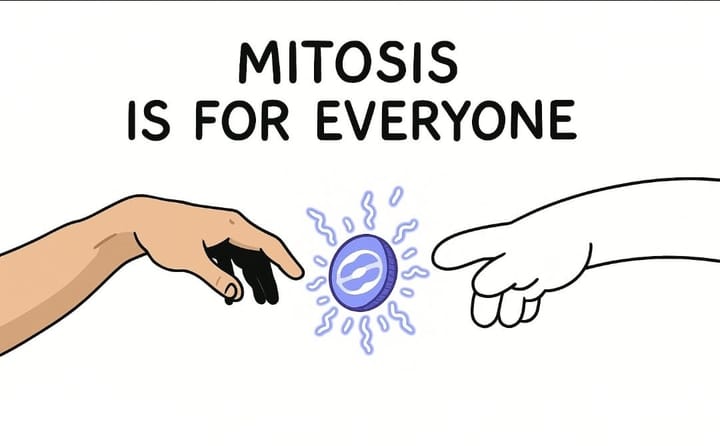
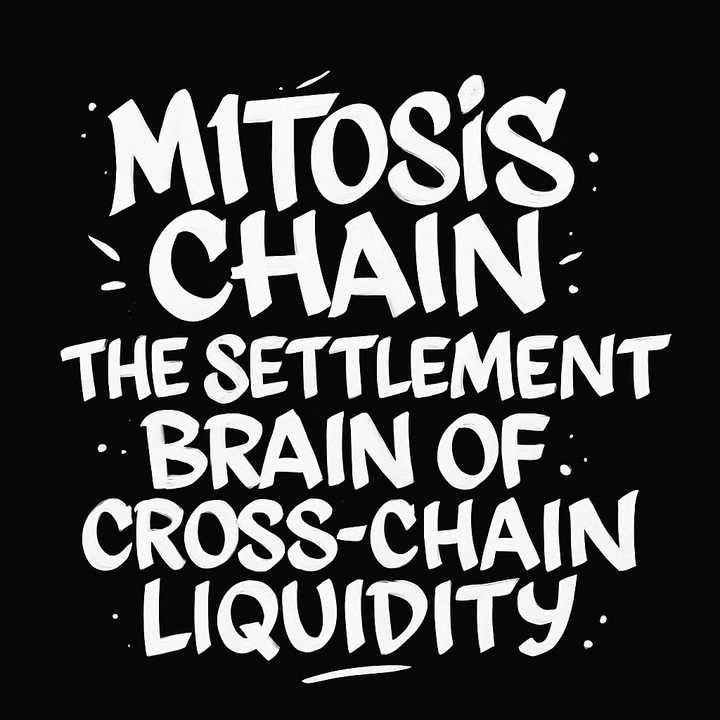
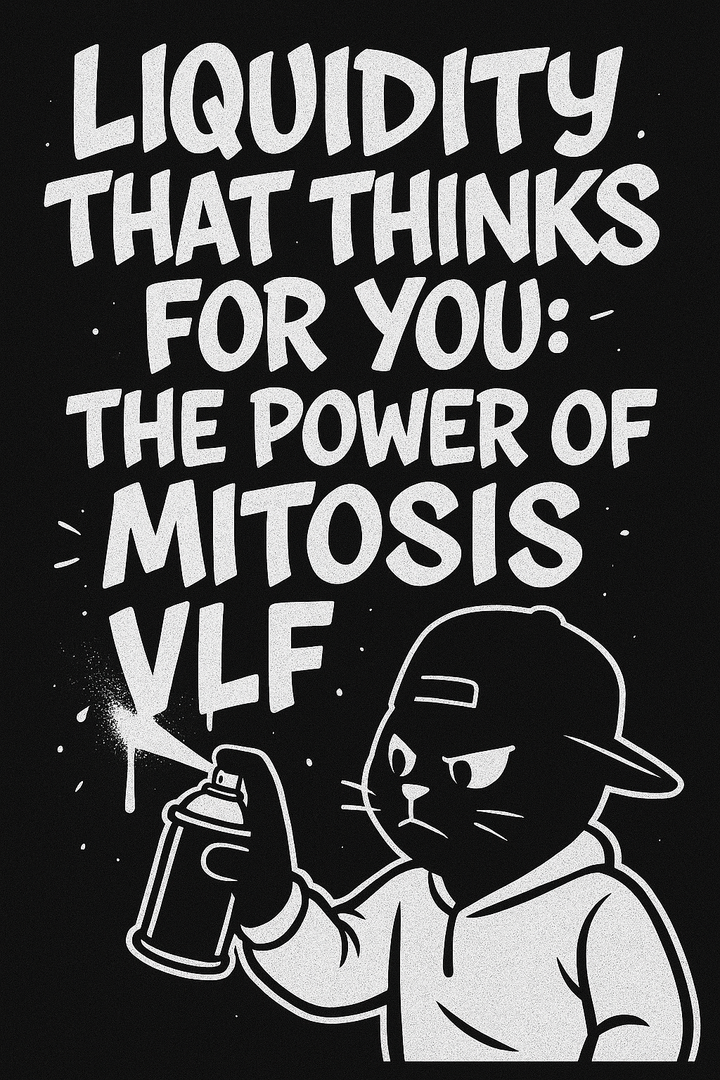
Comments ()